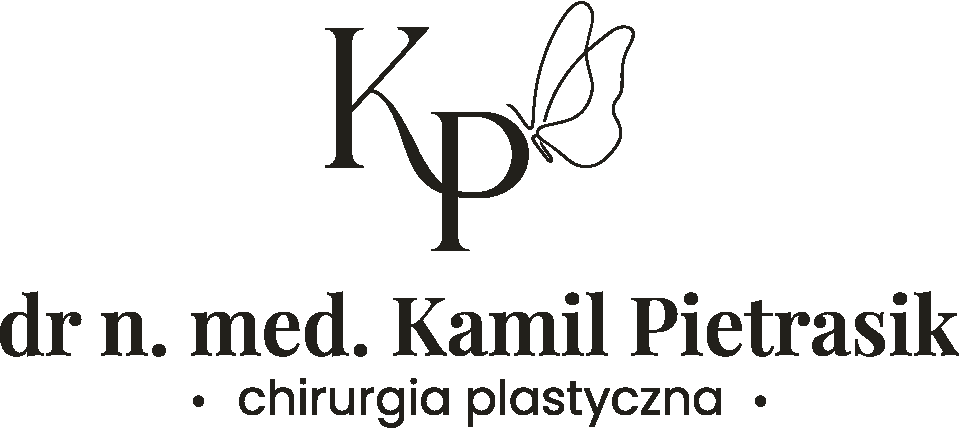Tuberous breast
Tuberous breast surgery corrects this congenital deformity by improving aesthetic look and feel of the breast.
After detailed examination and analysis of anatomical relations of breast and chest, Dr Pietrasik presents to each patient individual plan of treatment, discussing extensively details of the procedure and expected results. Most frequently release of fibrous ring impairing normal breast growing is performed first. In the next step breast shape is corrected with implant or fat grafting. In some patients surgery of contralateral (normal) breast may be required for symmetry.
Tuberous breast surgery is performed under general anesthesia.
Skin incisions depend on grade and location of disfigurement. Typically they are placed in periareolar or submammary area. Although resulting scars are permanent they became hardly conspicuous after normal healing is complete.
If correction of the breast shape is conducted with fat grafting it is liposuctioned from donor sites (i.e. lower abdomen, thighs, back) and after sterile processing, reinjected to desired areas. Resulting 2-3 mm scars are imperceptible after normal healing is complete.
Patients after tuberous breast surgery stay in the facility overnight.
Return to normal (non-strenuous) activity takes 7-10 days. Sport activities ( jogging, fitness) may be resumed after 3 months.
Compression supporting bra must be worn for 3 months.
Obtained results of tuberous breast surgery are immediate and long-lasting but not permanent. The procedure doesn’t stop natural aging process of the breast. At certain moment in time implants should be replaced or removed as none of currently available devices is for a lifetime. Initial result of surgery may be influenced by weight changes, hormones and pregnancies. Breast feeding is still possible after this type of surgery although very rarely may be impaired.
| Duration | 2-3 h |
| Anesthesia | general |
| Stay in the facility | 12-24 h |
| Recovery | 7-10 days |
| Sutures | absorbable suture does not require removal |
| Contraindications | menstrual or premenstrual period, mental illnesses, blood clotting disorders, uncontrolled hypertension, uncontrolled diabetes, cardiac arrhythmias, active infections, autoimmune diseases, cancer, pregnancy |
| Recommendations before the procedure | breast pre-op.pdf |
| Recommendations after the procedure | breast post-op.pdf |
This short information doesn’t replace medical consultation in the office.
